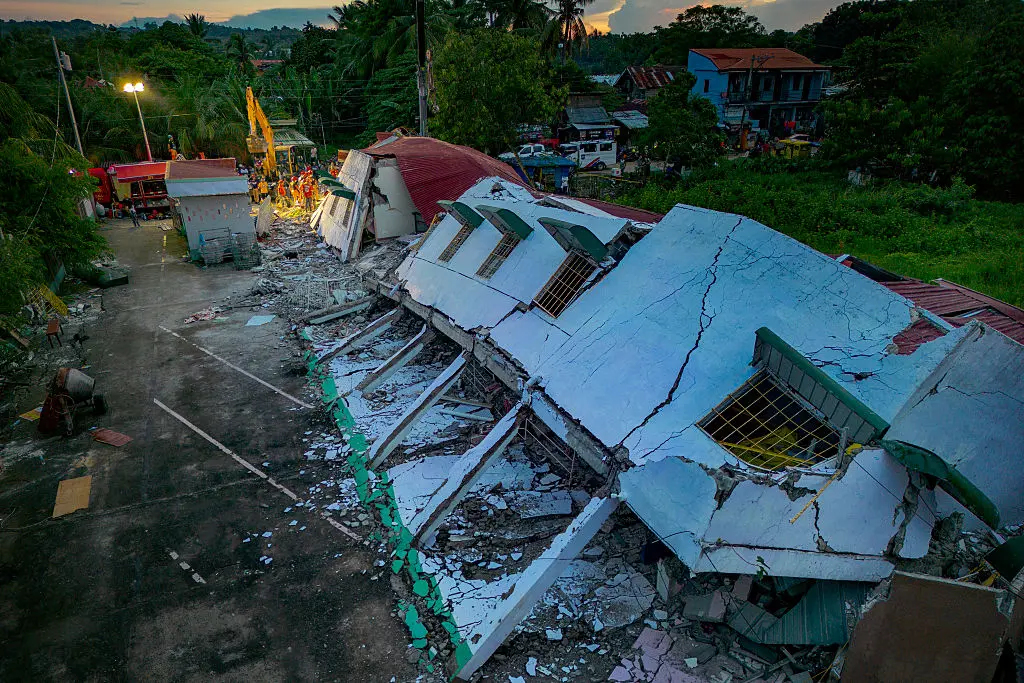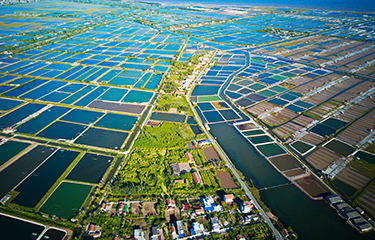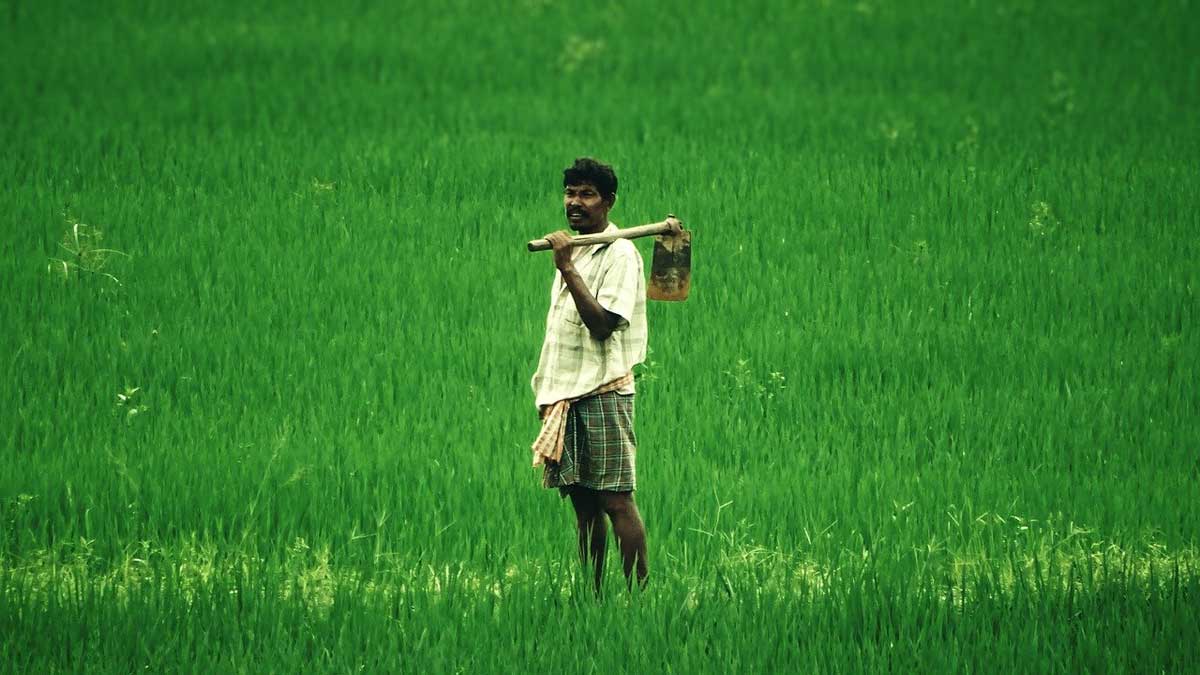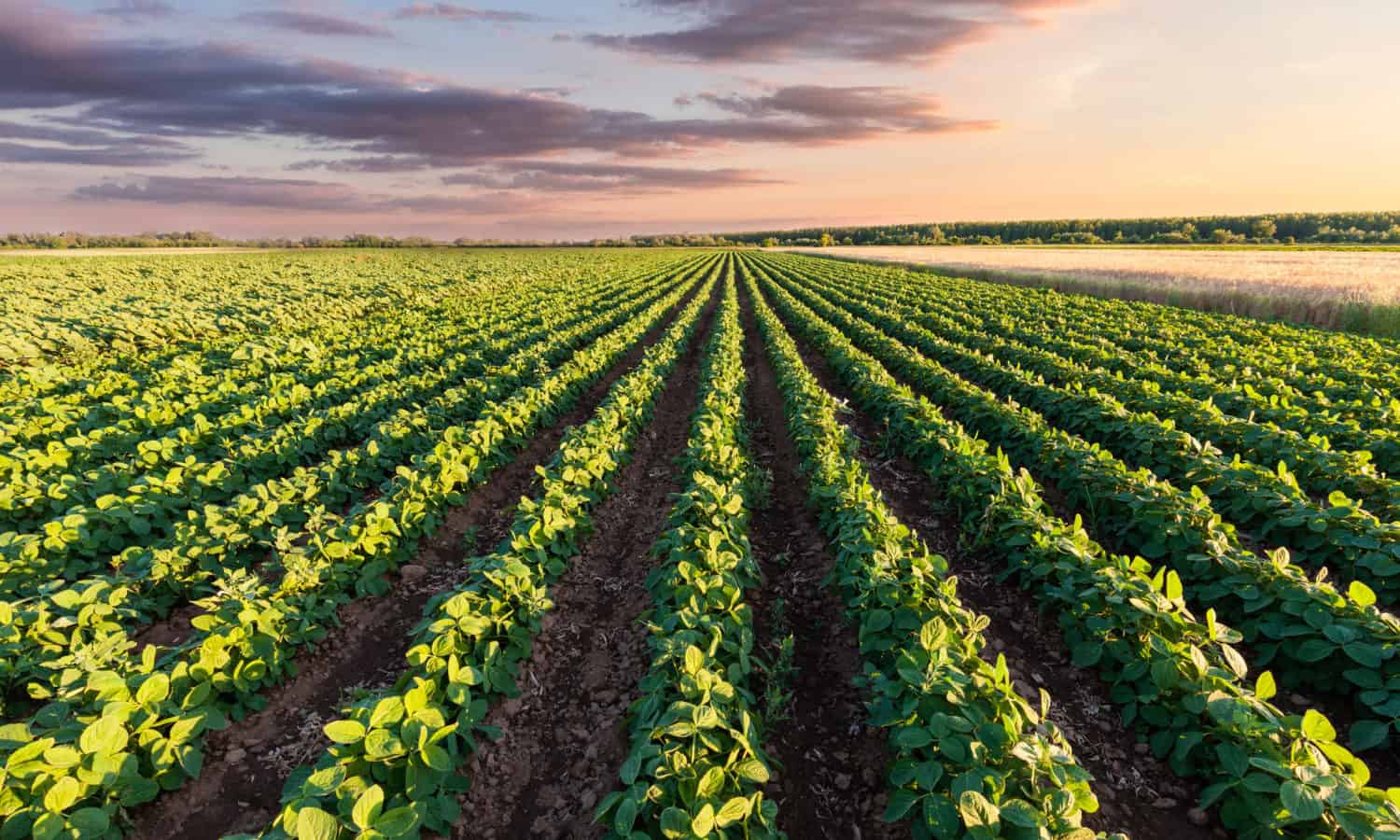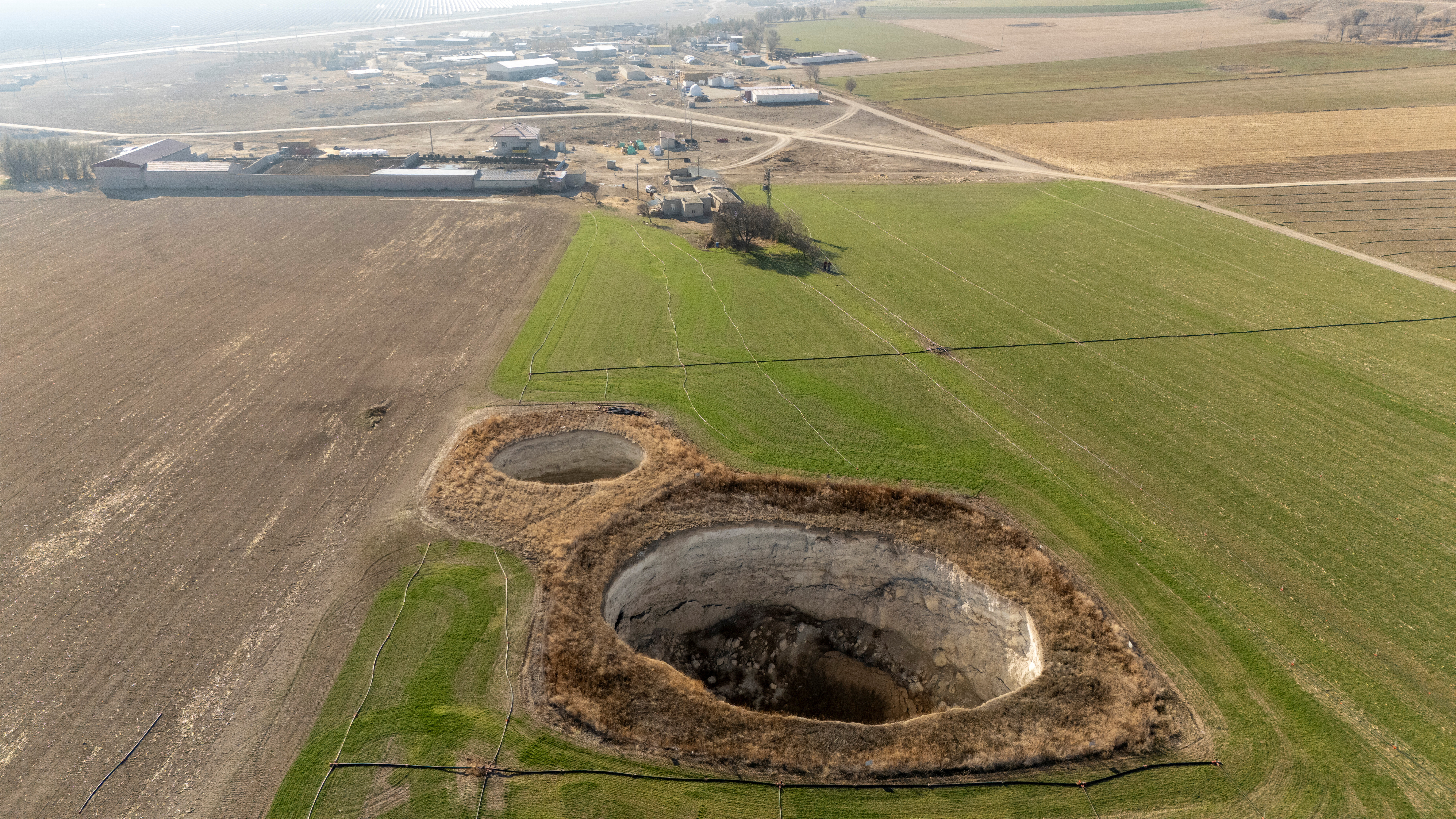More than 600,000 people across northern Cebu have been affected by the magnitude 6.9 earthquake that struck the province last week, according to the latest situation report of the National Disaster Risk Reduction and Management Council (NDRRMC).
Meanwhile, the Department of Social Welfare and Development (DSWD) sent more than 203,000 family food packs (FFPS) as the agency’s “first wave” of augmentation support to 12 local government units (LGUs) hit by the temblor.
This developed as the NDRRMC reported that agricultural damage caused by Tropical Cyclone “Paolo” has reached ₱105.39 million.
The tremor, with epicenter placed near Bogo City, caused significant damage to homes, schools, and public infrastructure in several municipalities.
As of the latest count from NDRRMC, 611,624 individuals in 221 barangays were reported affected, with local government units continuing to assess the extent of damage and displaced families.
Authorities said 39,806 structures sustained partial to total damage, while widespread power interruptions and road blockages hampered early response operations in several towns.
Authorities gave assurance that recurrent aftershocks pose no significant threats, but nevertheless urged the public to remain cautious and follow safety advisories.
The death toll from the quake stood at 72, with 559 reported injured
“As of Sunday, we have released 203,708 as initial aid to the LGUs affected by the earthquake. In just 5 days, our Visayas Disaster Resource Center (VDRC) has produced and dispatched food packs to immediately respond to the needs of our affected communities,” DSWD Assistant Secretary Irene Dumlao of the Disaster Response Management Group (DRMG) said in a statement.
Recipients of the food packs were the LGUs of Daanbantayan (37,000), Bogo City (26,000), Medellin (25,000), San Remigio (18,000), Tabogon (15,000), Madridejos (13,000), Bantayan (13,000), Borbon (12,000), Sogod (12,000), Catmon (11,708), Tabuelan (11,000), and Sta. Fe (10,000).
“The number of family food packs sent to the LGUs are based on their augmentation requests sent to the Department. We assure the public that this is just the first wave of distribution and DSWD will continue providing food packs as disaster operations are ongoing to ensure that every affected family or individual is provided with assistance,” Dumlao said.
The family food packs are on top of the supplies already prepositioned in the LGUs prior to the Sept. 30 earthquake.
Aside from the FFPs, the DSWD also distributed ready-to-eat food, sanitary kits, and other non-food items for the affected families.
As of press time, four mobile kitchens of the DSWD have been dispatched to Cebu to provide hot meals to the displaced families in Bogo City, San Remigio, Medellin, and Daanbantayan.
Three of the mobile kitchens are from the DSWD field offices in Calabarzon, Eastern Visayas, and Western Visayas.
Another mobile kitchen from DSWD 10 (Northern Mindanao) is also expected to arrive by Tuesday, at the latest.
In its latest situational report, the NDRRMC said the losses were recorded exclusively in the Cordillera Administrative Region (CAR), affecting 3,888 farmers and fisherfolk.
A total of 4,017.73 hectares of agricultural land was affected, with 141.65 hectares completely destroyed and 3,876.04 hectares partially damaged but with potential for recovery. Estimated production losses have reached 7,782.78 metric tons.
The number of affected families climbed to 95,163, or 315,281 individuals, across Regions I (Ilocos), II (Cagayan Valley), III (Central Luzon), CALABARZON, and CAR.
Currently, 388 families remain in 30 evacuation centers, while 1,921 families are being assisted outside temporary shelters.
The NDRRMC said it is still verifying reports of possible casualties linked to the effects of Paolo.
Source - https://manilastandard.net


